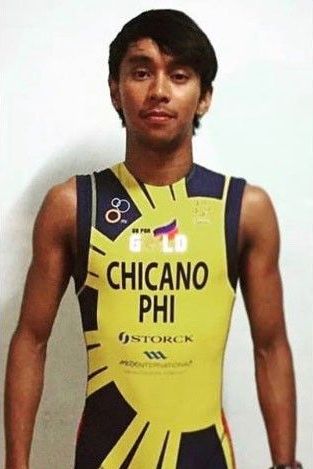WHILE waiting for my Cebu flight at the Ninoy Aquino International Airport II, I bumped into a former classmate from the Royal Melbourne Institute of Technology in Australia. We both took a course on peace negotiation and conflict management decades ago. This was the only time our roads crossed as he with several other officials were on their way to Davao. After the proper introductions, I joined them at their table. My friend has served several administrations. Under various presidents, he has seen the highs and lows of peace talks with the chief executives approaching the problem under different prisms, appreciating the maze with their own proposed formulas. The continuity of policies is disrupted by a change in the politics every time a new administration is elected, or a sitting president is subjected to an “EDSA people power.”
I gave my own take on the problems and issues, on armed attempts to balkanize Philippine territory under the guise of historical righting. I spoke of foreign interests and meddling in Southern Mindanao, it is most interesting that every time I raised the issue of Sabah in the peace process, Maranaos, Maguindanaons, Tausogs, Samals, etc., recognized a rallying point. They view themselves not as “Moros,” nor nation-tribes sharing a common religion, but as nationalists, as Filipinos. In our discussion at the airport lounge, raw sentiments were expressed regarding how the real issue is not about establishing a Moro-landia but recovering Philippine territory. The diagnosis was succinct: The marching orders from past presidents (except Erap Estrada) avoided the center of this war.



